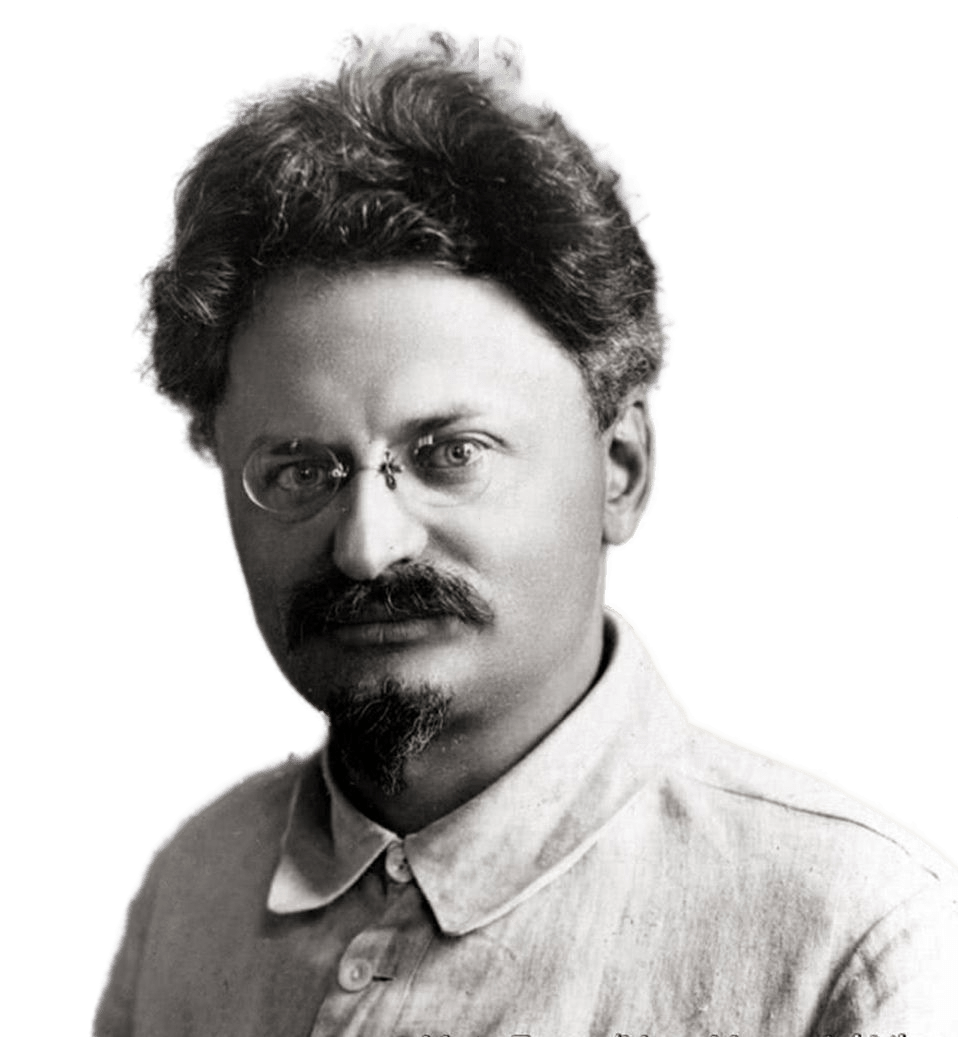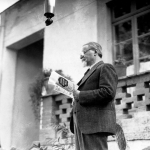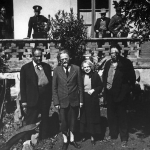
10.01.2023
In 1924 in the Soviet Union unfolded a large-scale campaign to discredit Trotsky politically.
After the publication of his book “On Lenin” and the preface to that collection of essays under the title “Lessons of October”, a hail of individual and collective critical opuses fell on Trotsky. All of them were directed against “Trotskyism. Here are just a few of these pamphlets: “Leninism or Trotskyism?” L. B. Kamenev, “Trotskyism or Leninism?” and “Bolshevism or Trotskyism” by G. E. Zinoviev, “On the Lessons of Trotskyism” by V. M. Molotov, “On the Origins of Trotskyism” by A. S. Martynov, and “History of One Dodge” by S. I. Kanatchikov. In fact, almost every prominent Party boss participated in the one-sided “literary discussion” that laid the foundation for the subsequent Stalinist myth of “Trotskyism.” From this point on, Trotsky is deprived of his right to a biography in the USSR.
But already in 1925 two books were published abroad, which laid the foundation for Trotsky-friendly historiography: “Lev Trotsky: A Portrait of Youth” and “After Lenin’s Death”. The author of both was the radical writer Max Eastman (1883-1969), who soon became one of the first Communists and then Trotskyists in the United States. Eastman wrote the book about his hero’s childhood and youth based on his own little research and dosed information from Trotsky himself.
But the success of the first book was soon overshadowed by the high-profile scandal that was associated with the second book. In it, Eastman published the text of Lenin’s “Testament. The Politburo forced Trotsky to declare that the American had committed forgery. This humiliating act, however, did not spoil further relations between Eastman and Trotsky, whose major works he translated into English. Both of Eastman’s books are not available in Russian, but are on the must-read list for anyone interested in Trotsky’s biography.






